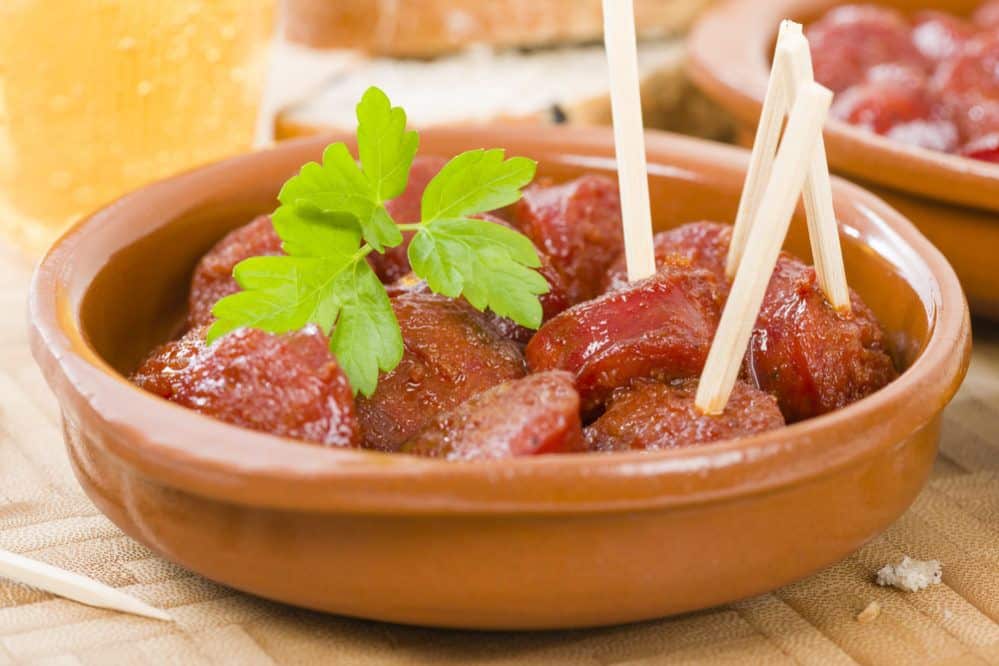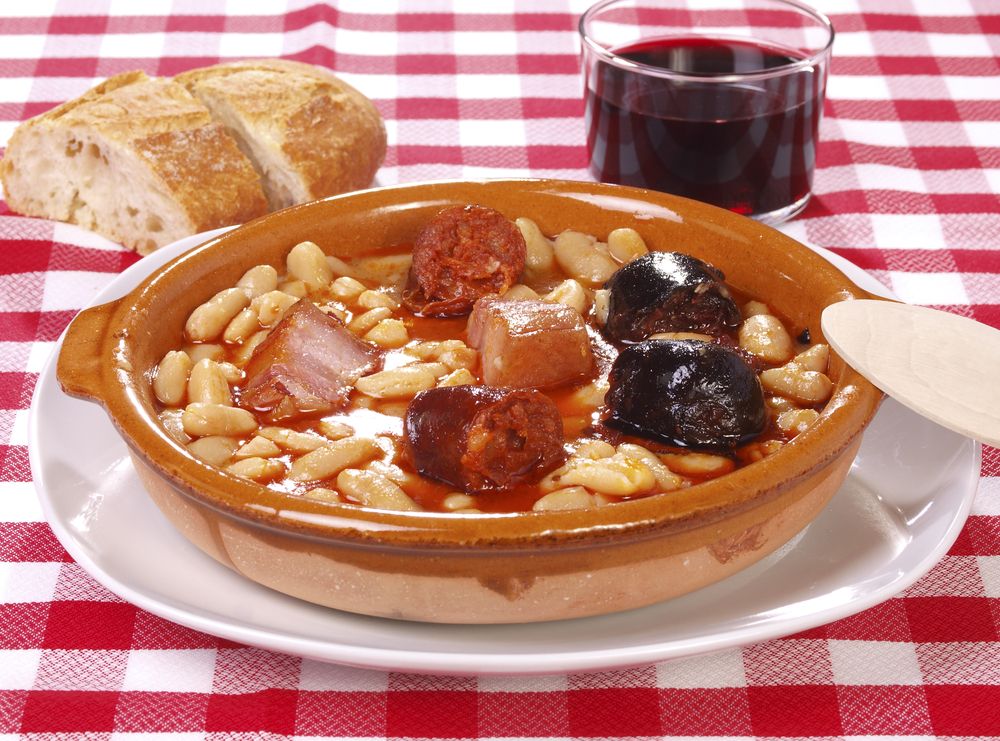
Types of Spanish chorizos and how to use them
If we are specialists in something in Spain, in addition to Iberian ham , it is in chorizos , and it is that in our country practically every region has a typical sausage with nuances and aromas that differentiate it from that of any other province. Knowing what types of Spanish chorizos are and how to use them is not as easy as it seems, but at Enrique Tomás, as experts in ham and everything related to it, we are going to explain everything you need to know to become a real expert.
Let's go there!
Types of Spanish chorizos: Iberian and non-Iberian
Chorizo is one of the standard sausages of the gastronomic culture of Spain, made from the highest quality lean parts of the pig and seasoned with paprika and spices, which provides its characteristic color and flavor.
The difference between the Iberian and non-Iberian chorizo is that the Iberian chorizo comes from the Iberian breed of pig , unique in the Iberian Peninsula, while the non-Iberian chorizo comes from white pigs.
The Iberian chorizo is ideal for preparing a good table of sausages and cheeses , a most typical dish in Spanish gastronomy.
Types of Spanish chorizos Enrique Tomás
At Enrique Tomás we want to bring the best products to your table, which is why we offer you a high-quality Iberian chorizo , designed to satisfy the most demanding palates.
In our online store you can enjoy Iberian chorizos, Iberian acorn-fed and 100% Iberian chorizos from Huelva, Salamanca, Cáceres - Badajoz and Córdoba.
In addition, you can choose between the whole, half or ¼ piece format, portions cut with a knife or sliced by machine and the delicious 100% acorn-fed Iberian packs, the ideal gift for any lover of cured meats and sausages, as it contains ham, salchichón, 100% Iberian pork loin and chorizo, the highest level of quality, perfect to delight the senses and make you enjoy yourself to the fullest.


Types of sausages according to the place where they are produced
Spanish chorizo is basically obtained by combining pork with other products and spices and although it may generally seem that all chorizos are the same, they are not. The chorizo from León, for example, is generally spicier than that from other areas of Spain, but we are going to take a closer look at all the types of Spanish chorizos and how to use them according to the province or autonomous community where they are produced.
Let's start in the north and little by little we will cover the whole country:
Galician sausage:
Galician cuisine has many spoon dishes in which this type of chorizo is used, a sausage made from lean pork and bacon, sweet paprika, garlic and salt that is first smoked and then dried. Using this chorizo is very easy, just integrate it into a stew or prepare a potato stew.
With a little bread it is also delicious!
Cantabrian sausage:
Potes chorizo, which can be eaten raw, fried or cooked, is made with lean meat, bacon, salt, pepper, paprika, garlic, oregano and thyme and is one of the ones with the most ingredients. Thanks to so many species, its flavor is practically unmistakable!
This chorizo, smoked over oak wood for about 25 days, is essential in the mountain stew which, accompanied by typical local cheeses, becomes a five-star menu.
Sausage from Navarre:
It is one of the most popular and its color between red and orange makes it practically unique. Like the Galician chorizo, it is seasoned with paprika, garlic and salt and its flavor is mild but intense. Also, it has no acidity. It is made with a combination of beef and pork and is usually served in the form of a tapa, sliced to the perfect thickness.
Rioja chorizo:
It is firm and compact and gives hot dishes like fabada the touch they need.
Sausage from León:
This sausage is dark red in color and is generally spicier than others. It is usually found in the shape of a horseshoe and is cold dried. It is usually served as an accompaniment to some dishes in the form of tacos and is widely used to make Leonese stew.
Sausage from Segovia:
This chorizo is better known as Cantimpalos and is a sausage that is obtained after a long drying and maturing process. For its preparation, paprika from La Vera, typical of the region, is used and combined with salt and pork. Bacon is not included in its recipe and is used above all to prepare scrambled eggs with chorizo.
Salamanca sausage:
As you can see, the community of Castilla y León is rich in terms of sausage production and the province of Salamanca, where one of the best-selling Iberian hams in the country is made, was not going to be left out of this market. Curar Iberian acorn-fed chorizo is one of the most famous and is very fatty with a large amount of iron or calcium, among other minerals. This chorizo can be used to prepare stewed beans.
Extremaduran sausage:
If there is something in Extremadura, it is pigs, because there are many of the pastures where the Iberians are taken to do the montanera. In this area, a very characteristic food is produced with pork meat, the patatera from Extremadura, a kind of horseshoe-shaped blood sausage, red in color thanks to the paprika, made from lean pork and fat combined with potatoes. In Extremadura they use it above all to prepare lentils with chorizo or migas from Extremadura.
Canarian sausage:
The islands are also rich in the production of chorizo and one of the most popular in the area is that of Teror. This is characterized by being easy to spread and by being an essential ingredient to prepare broken eggs with Teror chorizo. It is usually red, but it must be taken into account that it can also be white when it is prepared without paprika.






As you can see, our gastronomy is infinite and there is a wide variety of star products that make it up. Now that you know what the types of Spanish chorizos are and how to use them , don't give it any more thought and start now to deepen your knowledge of our gastronomy and practice it.
You're going to put your boots on!






